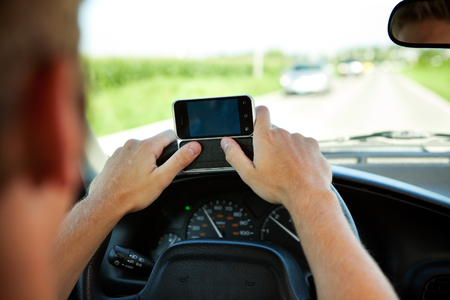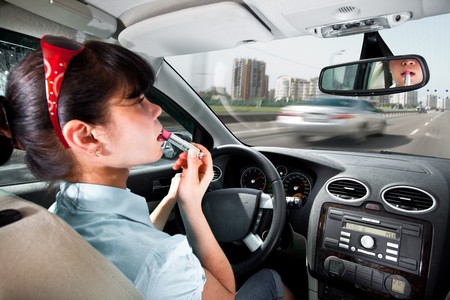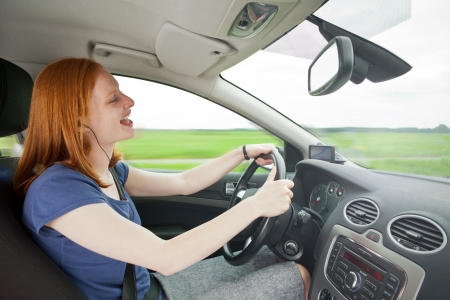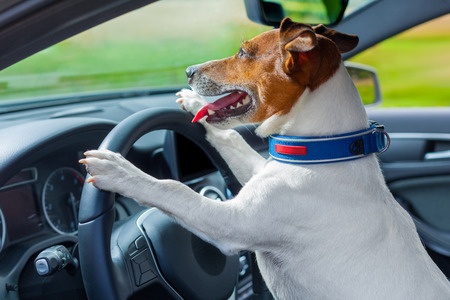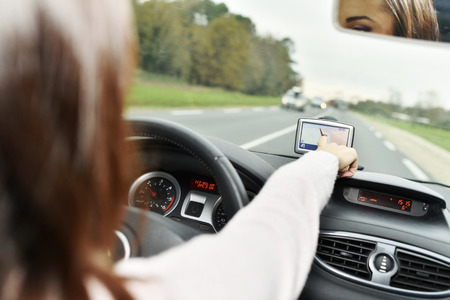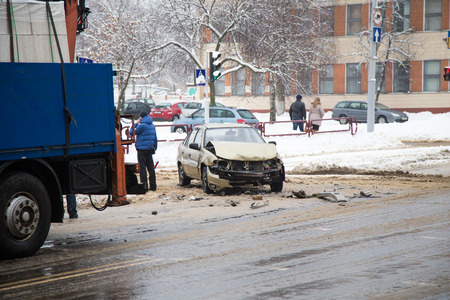Black ice, snow, blizzards, reckless drivers and other factors can make driving in the winter very dangerous. No one wants to be in a winter accident, but sometimes it happens. Here are some tips to help if you find yourself in a winter accident.
Stay Calm
Take a deep breath and check your new environment. Your first reaction may be to get out of the car and check the damage, but it may not be safe. Depending on where you are traveling, you could be near a cliff or large drop-off. Perhaps a patch of ice is right outside the door. Before getting out of the car, look around and determine that it is safe to exit the car.
Get off the road.
If the car is still in good enough shape to be driven, move it out of the way. Take it slowly and test the car to see what damage has occurred. Again, drive slowly. You don’t want to make a bad problem get worse. Move your car enough off the road to remove the risk of other cars hitting you.
Stay in the Car
If you are unable to get the car off the road its best to just stay in the car. Walking around an active road is dangerous in general. It is even worse in the winter due to ice hazards and the possibility of falling. (If you slip and fall, you are at the mercy of the driver coming towards you. The cold itself can also be dangerous, so stay in the car and stay warm. If you have to go out be very careful.
Stay Warm and Visible
During those times that you are stuck in the car it’s best to stay warm and stay visible. If it is during a storm, this is even more important to help you be found and to keep other drivers from accidentally hitting your car. Check your “emergency stash” for needed items. (Want to know what you need to include in your “stash?” Click here.) Make sure your hazard lights are turned on in order to help keep your car visible.
Use Your Cell Phone
Finally, use your cell phone to report the accident. This should get help to you sooner. Most cell phones now have cameras. This makes it easy to take photos of the accident.


